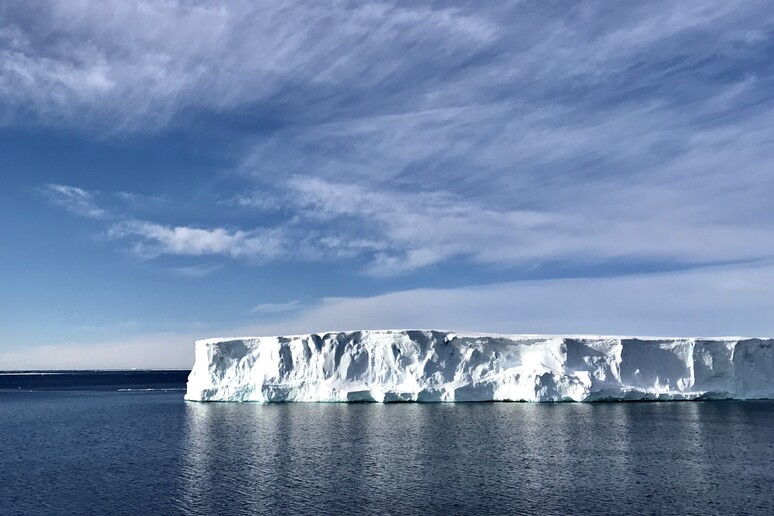West Antarctica may be melting at a much faster rate than previously anticipated. This is the conclusion reached by Louise Sime, a principal scientist at the British Antarctic Survey. The region contains enough ice to raise sea levels by several meters and the phenomenon is extremely dangerous: sea level rise threatens coastal communities, can cause flooding, damage infrastructure and contaminate freshwater sources, altering entire ecosystems. In addition, the change in ice mass can affect global ocean circulation, affecting climate, agriculture, and food security.
Although total melting could take centuries or millennia, new climate models indicate that this process may be accelerating much faster than expected. Once a critical threshold is crossed, sea-level rise could suddenly and irreversibly accelerate. According to Sime, more studies are needed, but the change is already underway and should be taken very seriously.
“As a human being, I have so much difficulty trying to think about the magnitude of sea level rise that I’m not sure I have the capacity to really think about it,” Sime said in an interview with the Guardian, emphasizing the seriousness and enormity of the change taking place.
Sime stresses the urgency of action: reducing greenhouse gas emissions, investing in clean energy, protecting forests and safeguarding wetlands are essential measures.
Individual choices can also make a difference: using sustainable transportation, reducing food waste, supporting climate policies, installing solar panels, and becoming informed about climate change are everyday actions that help counter a disaster that is becoming increasingly real.









